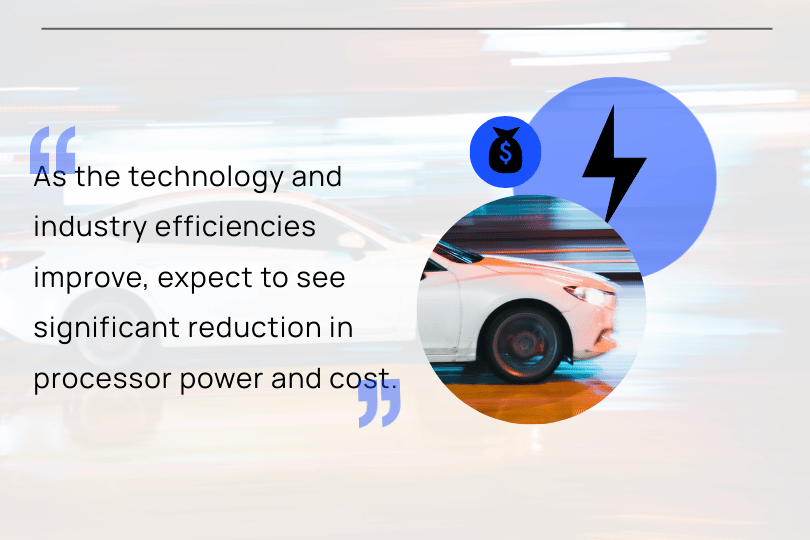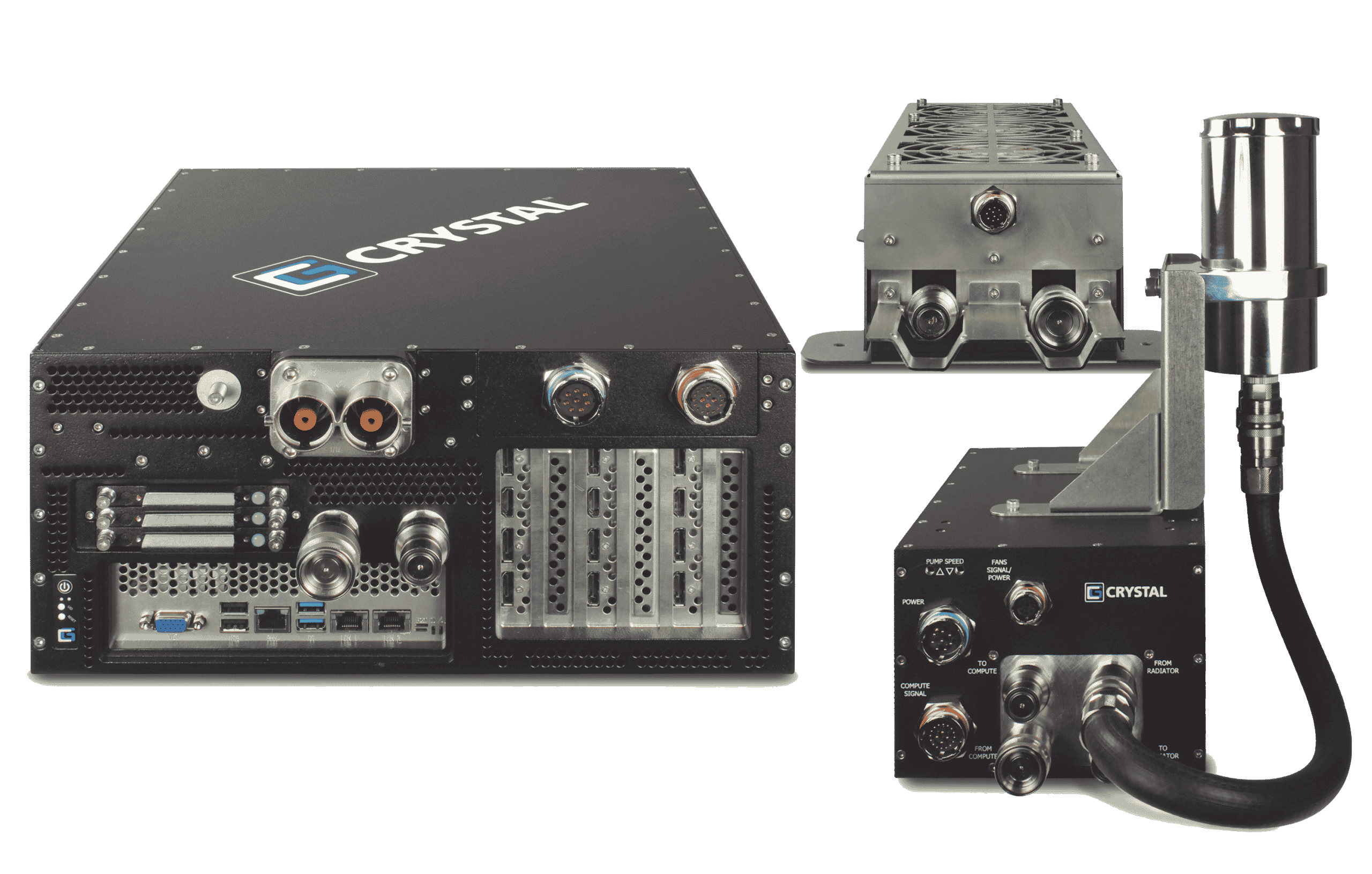By Jim Shaw, Executive Vice President
Data-gobbling processors require new cooling solutions – and the AV industry needs standards, says a veteran engineer.
The universal understanding of autonomous vehicle safety is one of the most critical keys to broad adoption of self-driving technology. For AVs, what is “safe enough?” This understanding predicates the complement of sensors on the vehicle, which dictates the software and compute requirements, which allows for commoditization of the hardware. It’s a domino effect.
Quantifying or qualifying what is a “safe” autonomous platform requires industry-wide standards. When they are established, the rest will follow: sensor package requirements, computing requirements, commoditized hardware. Finally, there is the real opportunity – the economization of AV manufacturing.

The number of sensors needed for comprehensive AV situational awareness require large compute platforms. At a minimum, that means CPU cores on the order of 112 cores and 48 tera ops of double-precision CUDA cores per platform. The Compute United Device Architecture (CUDA) is Nvidia’s proprietary programming language that requires roughly 2 kW of electrical power to enable higher performance data processing. These power-hungry computing requirements generate enormous amounts of heat that must be managed properly for seamless operation. Another domino.
Liquid-cooled solutions
Since automobiles generally have a 12-V DC electrical distribution system while server computers routinely run on 120-V AC, AV manufacturers have been using inverters to convert power from one type to another. This separate box consumes space in the vehicle, generates excessive waste heat and is notoriously unreliable. It is also another component that can fail, resulting in total system failure.
Typically, these power converters are air cooled, which pushes the excess heat into the car’s trunk or passenger compartment. Since these areas are thermally insulated from the external environment, the heat – similar to that generated by a 1500-W space heater – remains trapped inside the vehicle, increasing the car’s overall temperature and decreasing operating performance.
To address these challenges, Crystal Group introduced the world’s only 12-V DC, ATX-compliant server power supply that delivers 1500 watts of power and outputs the waste heat with a liquid cooling system. Designed specifically for the automotive shock, vibration, and temperature environment, this solution (the AVC0161) eliminates the need for a separate power converter. It also eliminates a single failure component.

When new, faster, more powerful GPUs arrived, the company designed an auxiliary 500-W power supply. Working in conjunction with the existing 1500-W supply, the system delivers 2000 W of clean, reliable server power that interfaces directly with the automobile’s native power distribution system.
State-of-the-art thermal management involves custom-designed systems engineering elements. In the above power supply, tailored liquid-cooling blocks for the individual components pump a water-based solution to cool the components efficiently and effectively. The system is designed to reject the generated heat to the ambient environment outside the vehicle by matching the radiator, pump, system components and fans designed specifically for AVs.
These liquid-cooling elements are designed to pump three to four liters (~1 gal.) of coolant through these systems per minute. The goal is to match the pump characteristics with the system curve so there is sufficient flow in the system to reject the heat to a liquid-to-liquid or liquid-to-air heat exchanger. This allows the high-powered, temperature-sensitive components to operate reliably and seamlessly in environmental extremes.

On the liquid-to-air side, thermal management requires a system analysis that matches pressure-drop-to-pump static pressure curves and flow rates, then evaluates the size and type of fan needed to reject heat on the air side. Creating an economical and highly reliable solution is a measure of success.
In the future, the goal is to reduce this heat-intensive process as the hardware used to perform these functions becomes more efficient and more application-specific. As the technology improves and industry develops better efficiency due to silicon advances—and as software improves so engineers don’t have to brute-force these solutions—expect to see significant reduction in processor power and cost while maintaining same performance and speed of processing. This will ultimately provide improved safety at a lower cost.
Industry-wide, the hope is for rapid development of technology that can be injected into existing platforms to process data more quickly with less heat. Progress is being made, including developments Intel is making in chips and processors geared specifically for artificial intelligence and computer vision. But for a scalable, viable AV market, there must be a paradigm change in computing, data processing and thermal management.
Original article posted in Autonomous Vehicle Engineering.